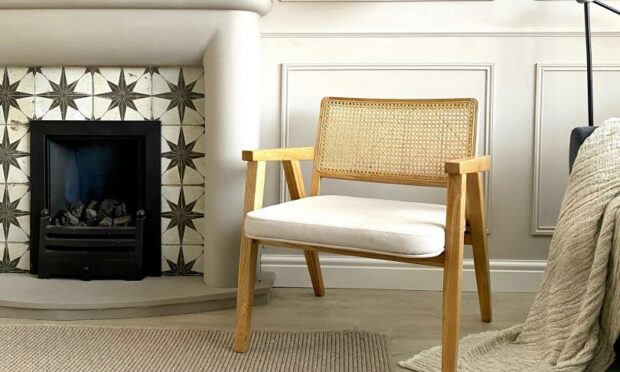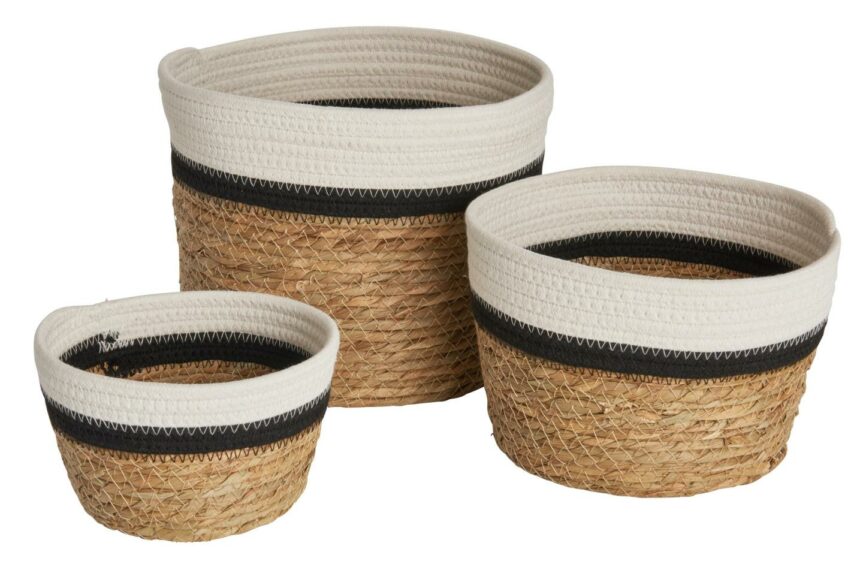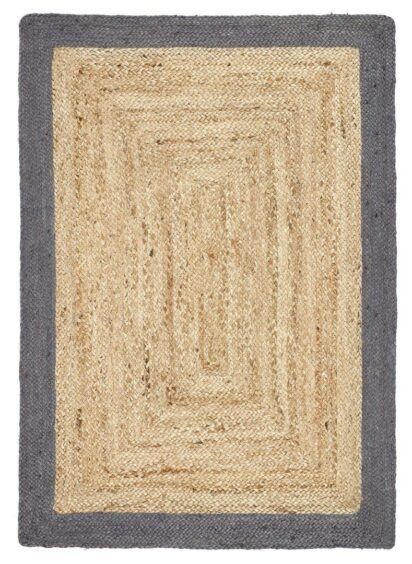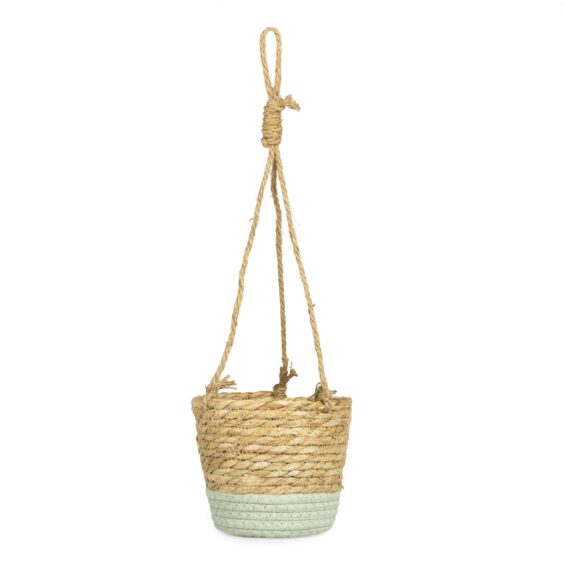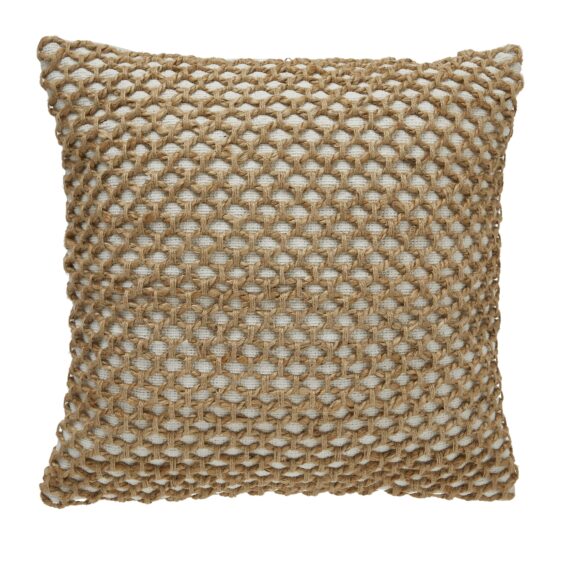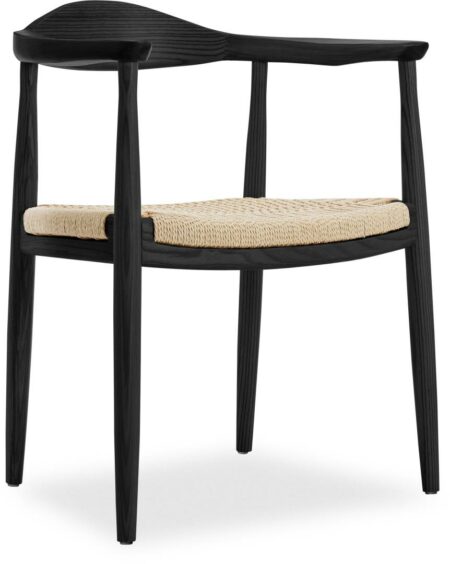Our homes are full of 3-D objects – vases, chairs, cups, you name it. The use of natural materials adds a fourth, which, if you agree with Einstein, is time.
Sound too Back To The Future? Bear with us, it’s just a theory.
We talk a lot on these pages about how different patterns, colours and materials can affect the ambience of a space; for example geometrics bring order, blues promote calm, layers suggest luxury.
Natural, plant-based materials such as jute and raffia definitely do something to a room, but what precisely is that?
It’s often more about their texture than their visual appeal.
Let’s be honest, there is something undeniably Seventies about wickerwork and the like.
Natural fibres connect us to nature, but more than that, they connect us to the past. Their past.
A woven, plant-based object invites questions: Where was it before? What was it before? Who crafted it? What will it become?
It has a history, even, at one point, a life of its own.
Its incarnation as a bowl or lampshade is just one point along its timeline. At some point in its future it will biodegrade and return to the earth where it started.
Synthetic objects don’t have that same back-story, they are brought into being as a bowl or lampshade and there’s nothing wrong with that.
It’s just that it’s a bit static, sterile almost.
Natural materials inspire a particular sort of affection in a way that manmade objects don’t.
They bring the wider world in and hint at far-off locations and ancient skills. In this way they are transporting, taking our imaginations to beyond our four walls to other places and other times.
